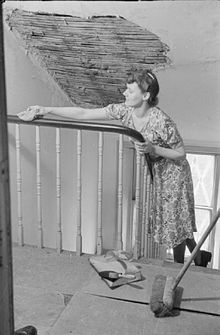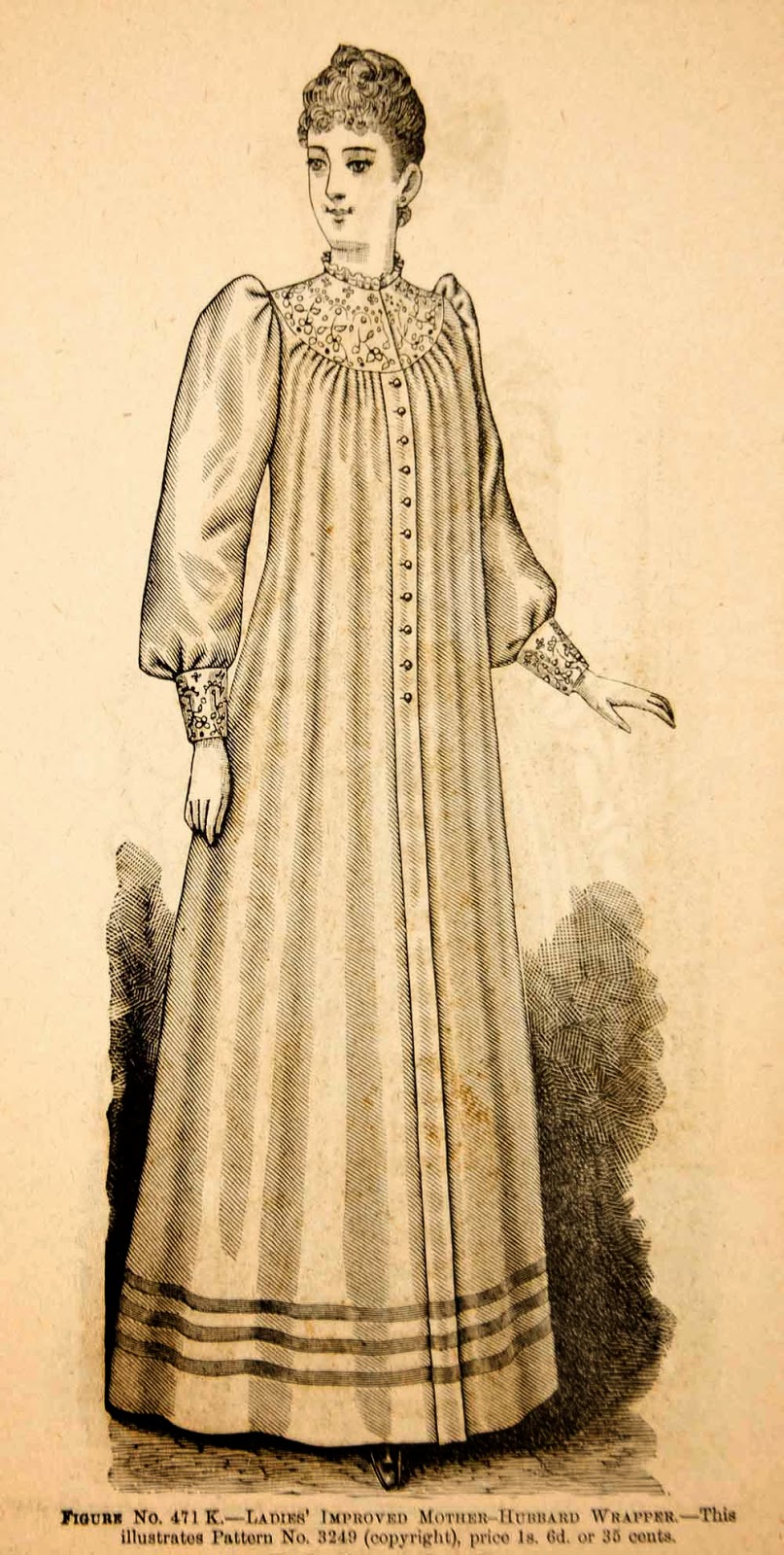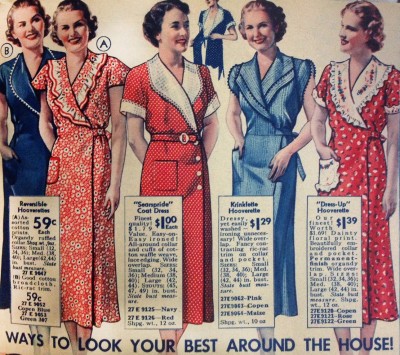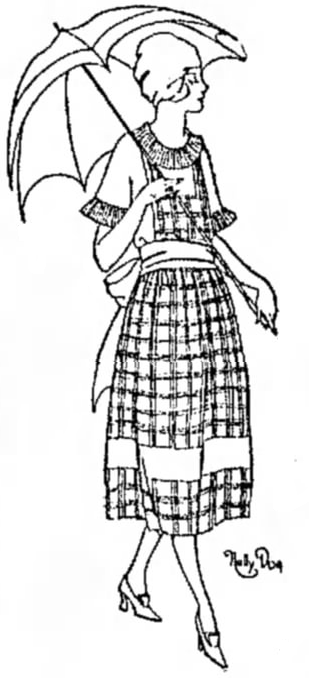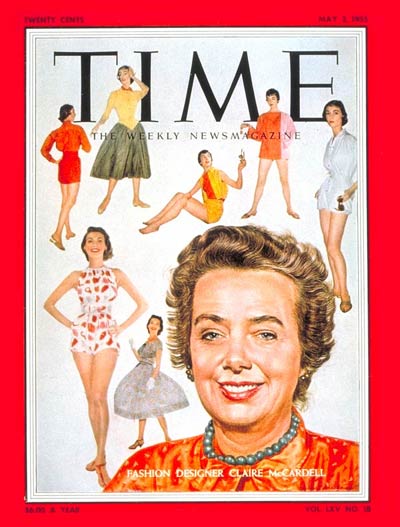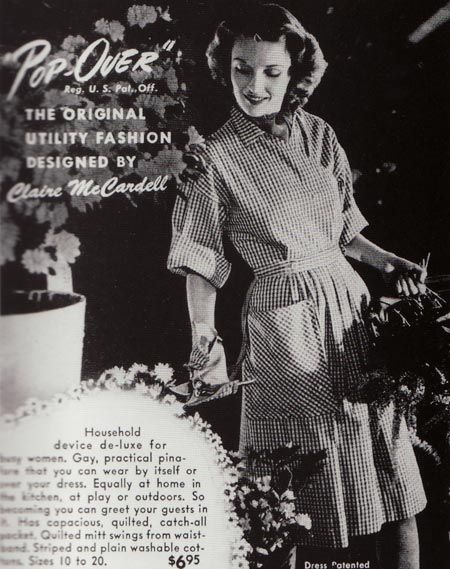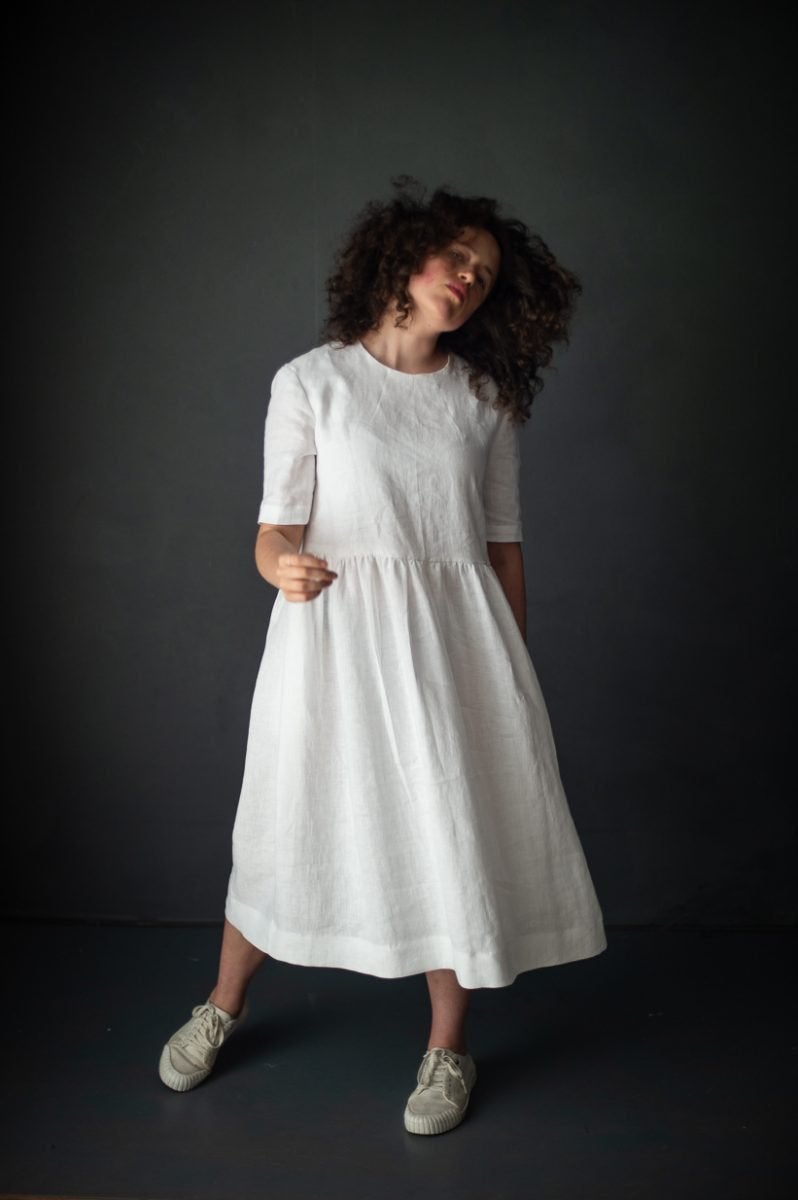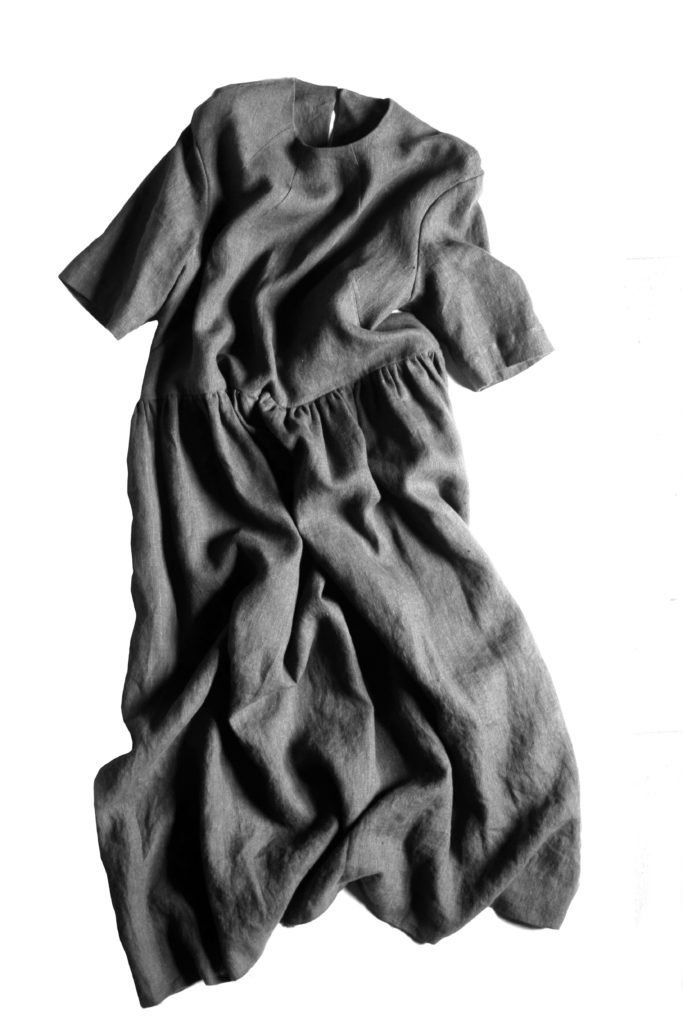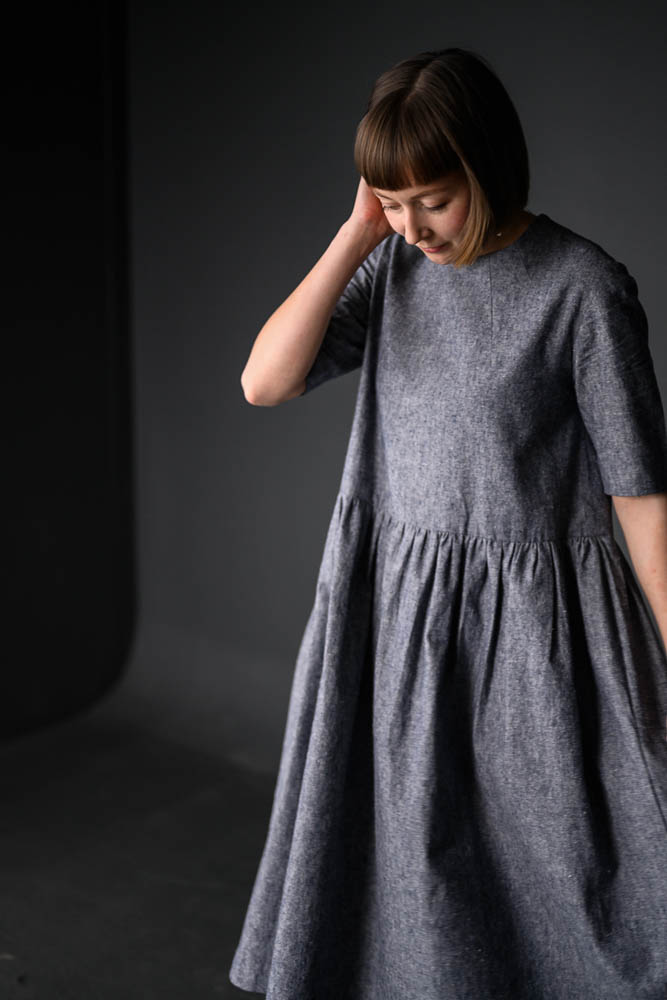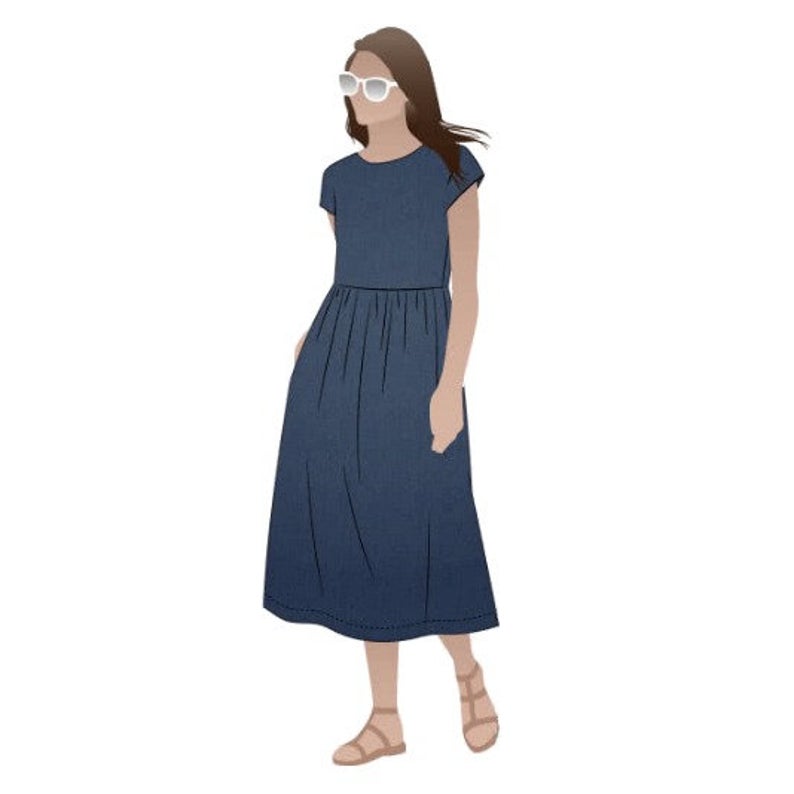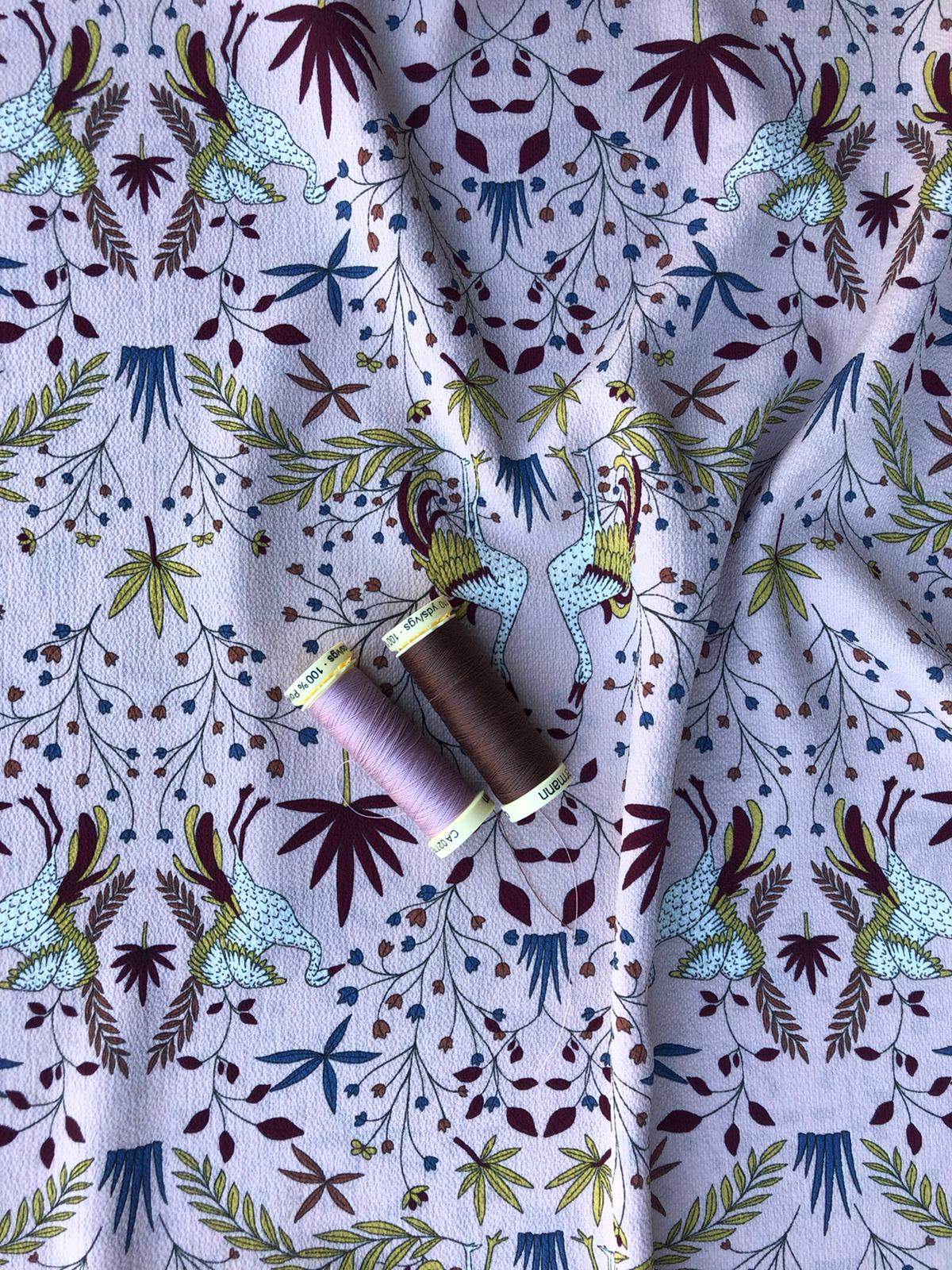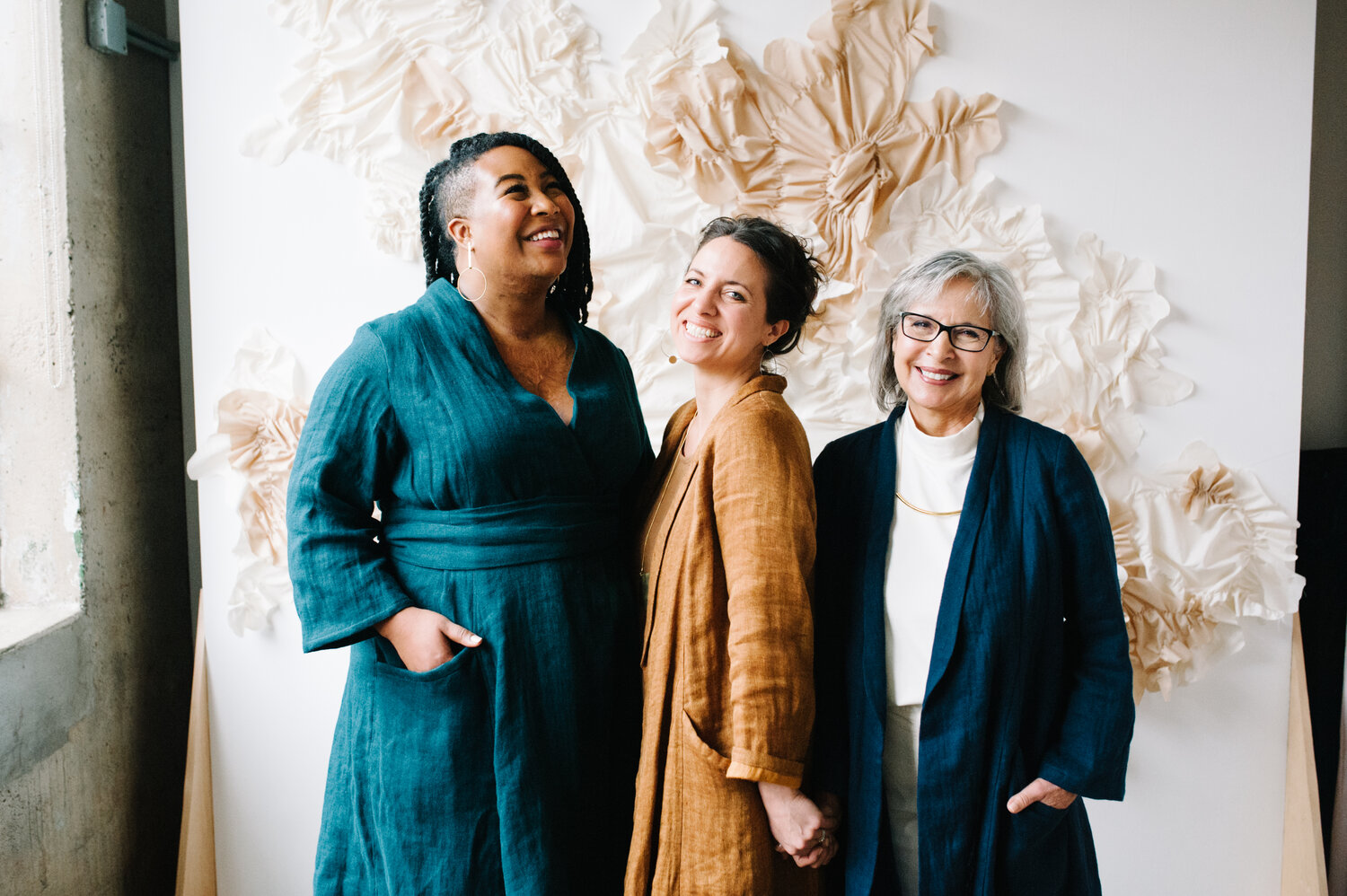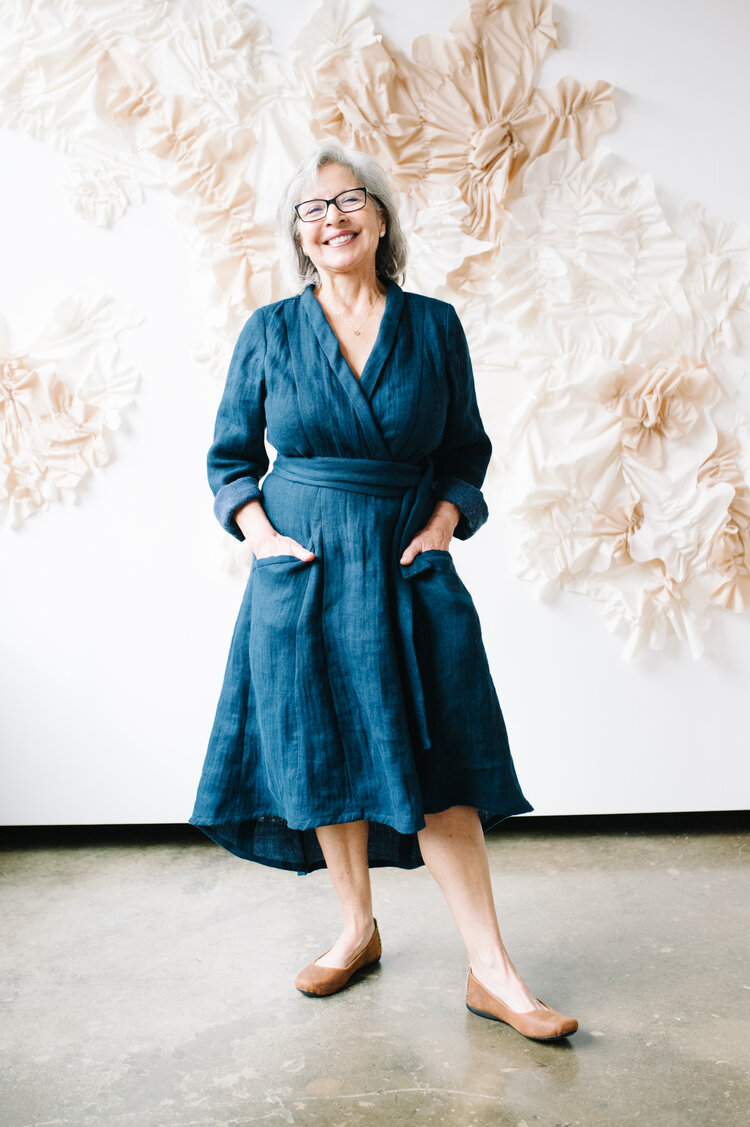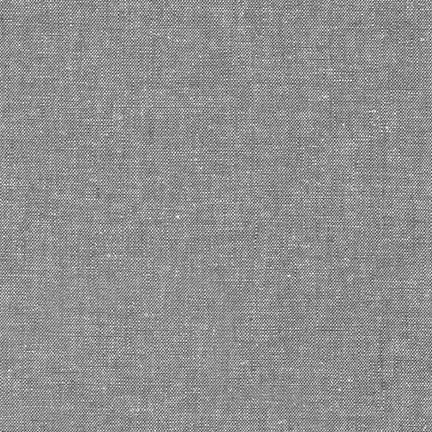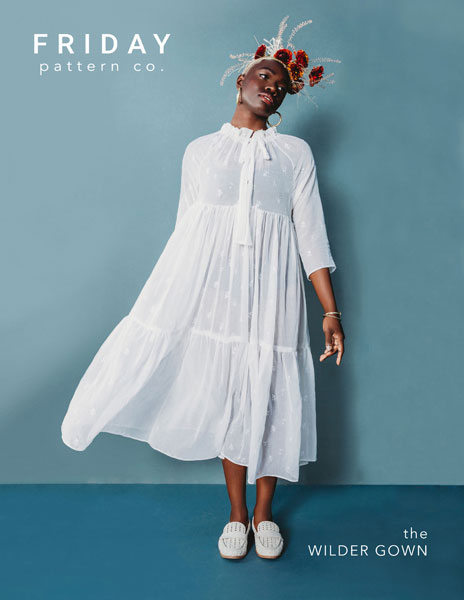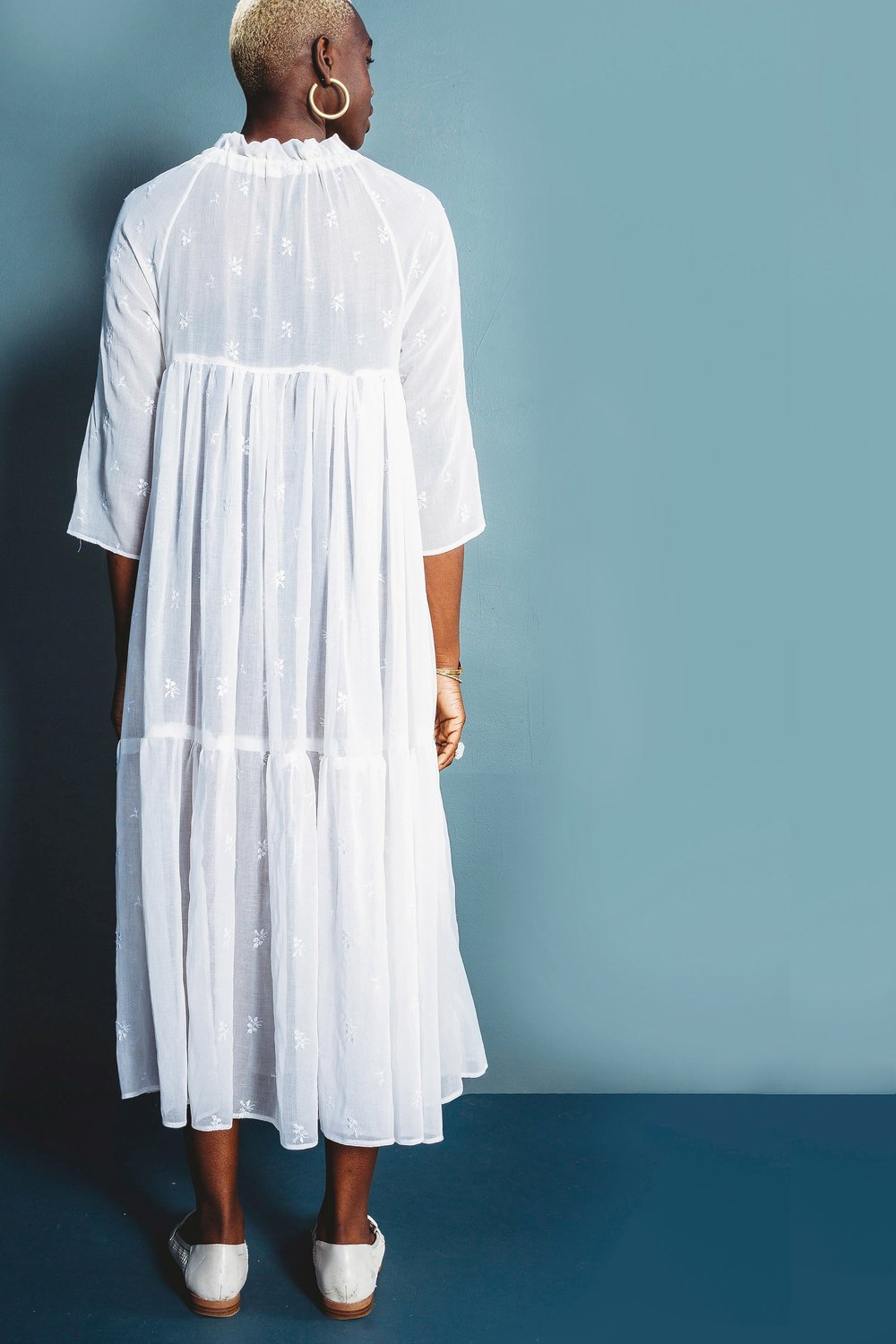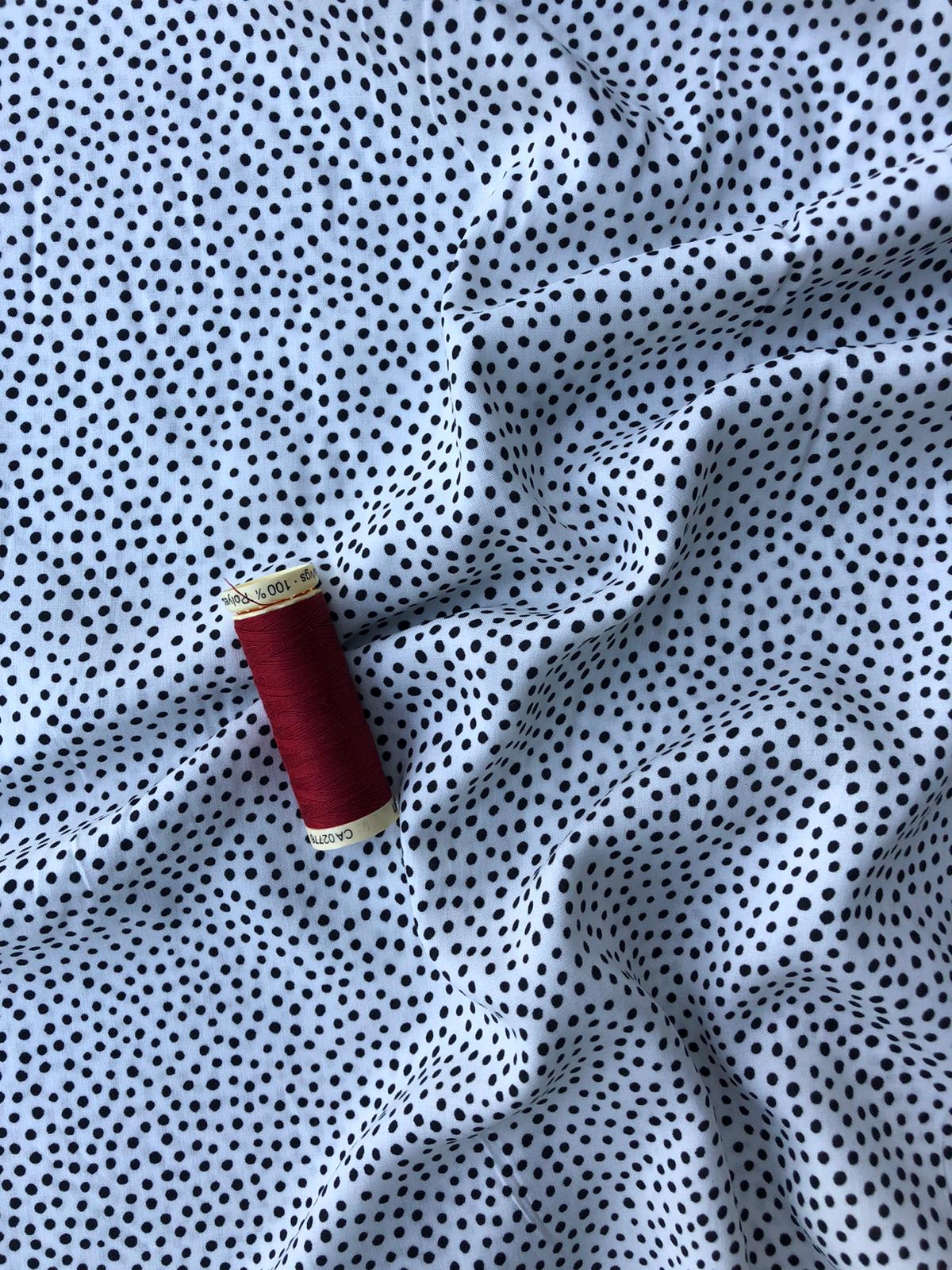In the beginning, staying in your pyjamas all day might have sounded wonderful, but there are only so many days that you can wear a pair of jogging bottoms and a slogan t-shirt as you move from chair to chair (unless of course you are a key worker (thank you) or fighting hard to keep your business going). This is where the house dress comes in, I have been thinking about what the ultimate piece of clothing is to work from home and how coronavirus is going to change fashion after reading this fantastic article. The house dress makes sense right now, when all of our finest and favourite clothes for going out out are gathering dust on our hangers waiting to meet our loved ones again. Maybe you have given up on jeans, or are saying no to zippers Because what is the point? Or maybe you are thinking why are we even talking about fashion right now with everything that’s going on in the world? And I see your point it does seem trivial but dressing has a really positive effect on your productivity, and mental health is so important when we are missing our families, in a state of high anxiety about the future of the world, and penned in with our own thoughts.
Many of us have the unique opportunity to take our time to make a dress (or item) of clothing that makes us happy and is just for us as individuals.

